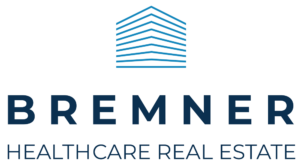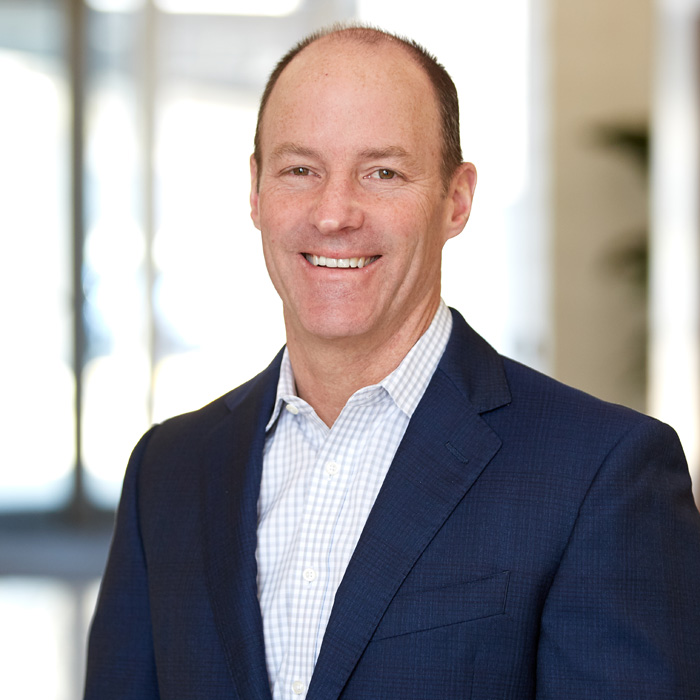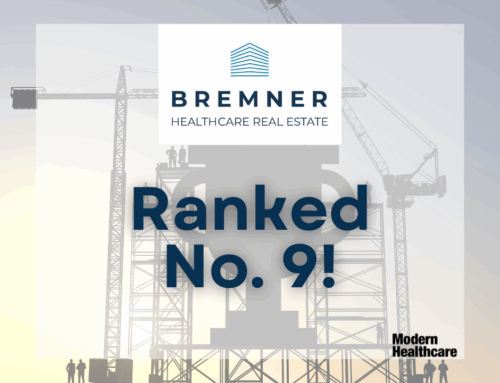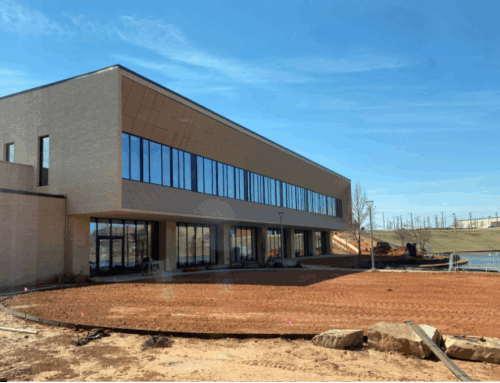By Jeff Behm, Senior Vice President of Investments at Bremner Healthcare Real Estate
Over the last several years, healthcare real estate has arguably been the preferred asset class for real estate investors. As a broker and advisor for health systems and investors, I’ve observed several trends that are shaping the industry’s trajectory.
1. Investment sales volume expected to increase in 2025
After record-low activity in 2023, investment sale volume increased slightly in 2024 as interest rate and cap rates stabilized, with core plus and value add profiles being the most active. As investors diversify away from the less-favored sectors like traditional office, many have pursued healthcare real estate opportunities given its population and demographic tailwinds and less-cyclical nature. This also holds true for foreign investors. This influx of investment capital, combined with pricing stability, should serve to reduce the bid-ask gap and allow for meaningful price discovery and increase transaction volume in 2025.
2. Cap rates are converging among product types
After significant expansion in 2022 and 2023, cap rate volatility moderated in 2024. According to CBRE, the average MOB cap rate increased about 20 bps from 6.9% to 7.1%. Most investors expect cap rates to remain flat or slightly decline during 2025. More interesting though, is the declining spread between cap rates for traditional MOBs versus more specialized product like ASCs, FSEDs, Micro-Hospitals, and IRFs. A couple years ago, the typical premium was 100 bps or more, but today, the spread has narrowed to 25 – 75 bps as investors become more comfortable with these specialized facilities. As health systems move closer to their patient bases, demand for these facilities increases, creating a more competitive investment environment. For health systems, this means paying less rent for specialized facilities than before. However, it is crucial these facilities fit into a system’s broader network strategy and that they are run by proven operators.
3. Pace of sale lease back activity is picking up
Health systems are facing unprecedented capital requirements with aging infrastructure as well as growth-related pressures to add, expand, and/or relocate facilities to remain competitive. Exacerbating these capital needs is the higher-for-longer interest rate environment that reduces operating margins and cash positions.To raise capital, many are turning to sale-leasebacks. This approach provides immediate liquidity, allowing them to reduce debt, modernize/build new facilities, or reinvest in core operations. We are seeing rising interest in sale-leasebacks from both health systems and physician groups. Physician practices are leveraging these transactions to facilitate ownership transitions, like when younger doctors buy out retiring partners who own the real estate where the practice is located. Also, sellers can often retain a minority interest in the property, preserving their tax advantages while at the same time realizing a return on their investment. These transactions are attractive to investors who value the mission-critical nature of the real estate and the alignment of interests between the physicians and the property owner.
4. Elevated costs of construction allow for selective redevelopment or adaptive reuse
It’s well documented that replacement costs have skyrocketed since 2022, in many cases making new facilities cost prohibitive. While the pace of escalations did moderate in 2024, construction costs are not expected to decline. As such construction starts hit an all-time low in Q4 2024, and MOB occupancy increased to a 5-yr high according to JLL. Inflated construction costs and limited availability of purpose-built healthcare space has generated significant interest in adaptive re-use. That said, finding existing properties with the right attributes in terms of location, parking, ceiling heights, and mechanical infrastructure is no easy task. We have found that retail buildings are more conducive for redevelopment than traditional office buildings given their locational, access, and parking attributes. The re-purposing of closed pharmacy locations for clinical use is a great example of this. In some cases, healthcare tenants and existing building owners can upgrade and renovate their existing spaces to be comparable to newer product at rents well below that for new construction.
5. Portfolio transactions and portfolio premiums may return
In recent years, smaller deals have been more prevalent due to debt unavailability, tougher underwriting standards, and general reluctance to make big bets in an uncertain capital markets environment. Now, with a more stable lending environment, larger deals are getting more traction. The increased interest in healthcare assets from foreign investors is another factor allowing larger and portfolio deals to get done. Traditionally focused on office, where investments are significantly larger than the average MOB, many foreign investors are seeking portfolios so they can enter the market with scale.
While general economic, regulatory, and geopolitical uncertainty exists in 2025, the pieces are there for deal sizes to grow and portfolio premiums to be realized at some point in the not-so-distant future. As this occurs, the activity will likely trickle down as smaller developers and investors quickly formulate aggregation strategies.
Conclusion
The healthcare real estate landscape is evolving, creating opportunities for both investors and health systems. With cap rate spreads narrowing, sale-leaseback transactions increasing, new construction costs elevated, and portfolio premiums on the horizon, strategic investment decisions are more critical than ever. Health systems can leverage these shifts to optimize their real estate portfolios and secure much-needed capital for expansion and modernization. Likewise, investors who recognize these trends and act now will be well-positioned for long-term success.
Bremner Healthcare Real Estate is committed to guiding stakeholders through these changes, ensuring that both health systems and investors can capitalize on emerging opportunities in healthcare real estate.





